A simple case of anterior alignment using clear aligners and a digital workflow
Featured Products Promotional FeaturesPosted by: Dental Design 28th May 2021
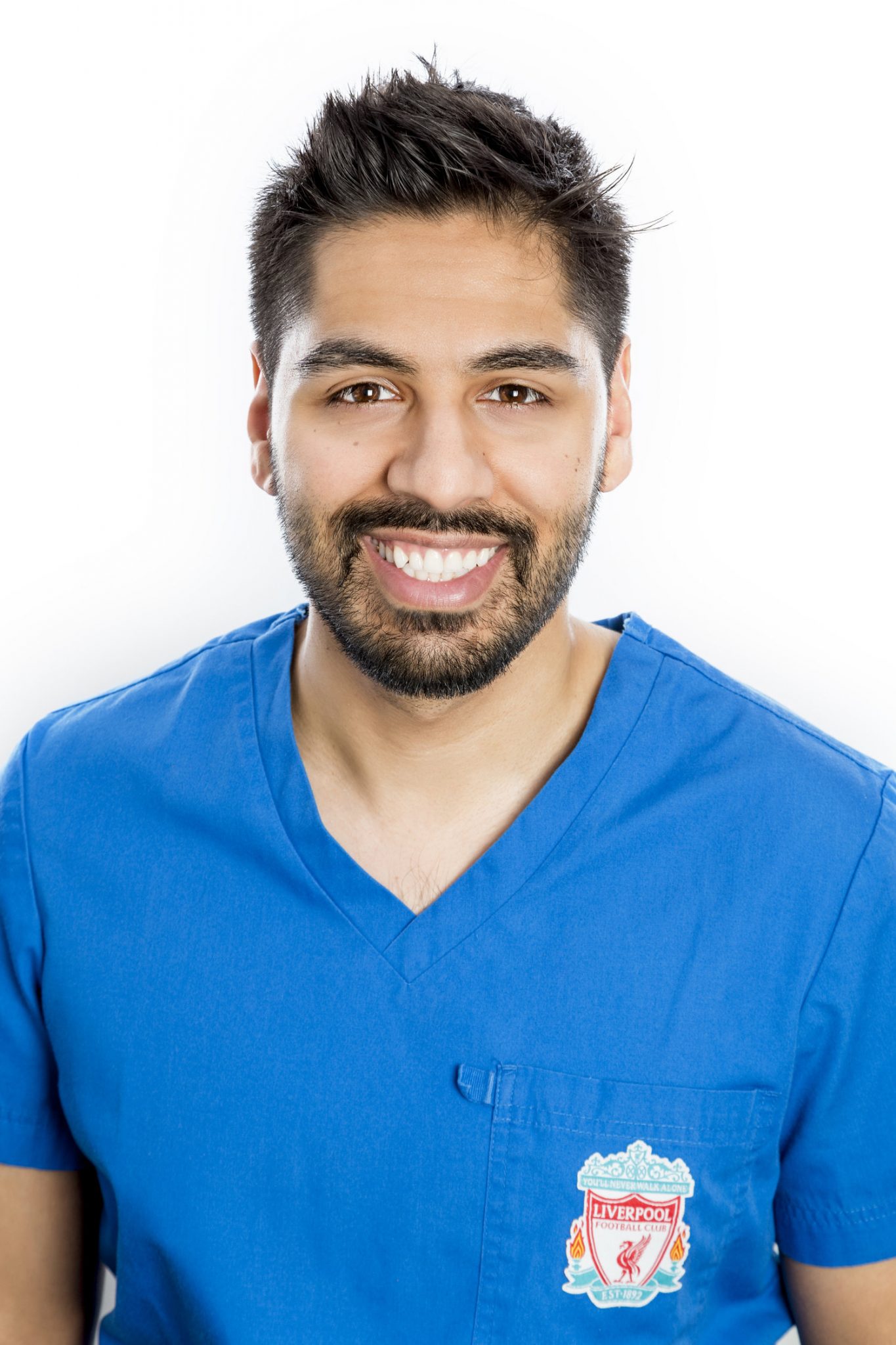
A female patient in her early 40s presented to the practice. She was unhappy about the appearance of her prominent anterior teeth – especially the laterals, which were tucked behind the centrals – and she had quite a lot of crowding in the lower arch. The patient was seeking options for aligning the anterior teeth without fixed appliances, as she wasn’t keen to have wires and brackets given her age and lifestyle.
A full dental history was taken, with no issues or abnormalities detected. The comprehensive oral health assessment also demonstrated no concerns, with no active disease or existing restorations.
Treatment planning
To begin the treatment planning phase, clinical photographs and intraoral scans were taken with the 3Shape Trios scanner. These were quickly and easily uploaded to the ClearCorrectÒ Doctor Portal (Straumann Group), where an initial treatment simulation was produced. This is used to ensure the suitability of the case for treatment in this manner and to give the patient a visualisation of what the final result could look like for informed consent. The technology also integrates very well to ensure a smooth and efficient digital workflow from start to finish.
At this point, the entire treatment sequence was explained to the patient in detail, describing all the potential benefits, limitations and risks. There were two main concerns that needed to be communicated. The first was that the central incisors were quite triangular in shape, which increased the chance that black triangles would form as the teeth moved. The second potential issue was some existing gingival recession that could become worse during alignment. Both these issues were explained to the patient, who was happy to take the risk. She had the opportunity to ask any questions and once completely happy, provided consent to proceed.
Treatment provision
The ClearCorrect® aligners were fabricated and returned by the laboratory, and the first was fitted on the patient. She was shown how to safely place and remove the aligners and instructed to wear them for at least 22 hours per day. The Unlimited treatment option was selected and we ended up using a total of 26 aligners throughout the course of treatment.
The patient returned to the practice every few weeks for review and for interproximal reduction (IPR) to be performed to create space for tooth movement. Overall, 2.5mm of IPR was completed progressively. Engagers were placed on the UR3, UR1, UL1 and LR3 at 6 weeks into treatment to encourage the desired movement/rotation.
The patient’s compliance both with wearing the aligners was excellent and treatment proceeded as planned. Alignment was very nearly finished when the UK went into its first national lockdown, but the patient was able to continue wearing her final aligner to prevent the teeth from relapsing. I was in contact with her and explained that we would need to wait until she could visit the practice to remove the engagers and take a final impression for the retainers, which she understood. Providing an extra level of security, we would have been able to make and send out a new aligner if hers had broken at all during lockdown, though this wasn’t necessary.
Though the patient’s oral hygiene remained good throughout treatment, her love of tea and coffee did cause some staining on the teeth. Once the world has settled down slightly and some more normality returns, she hopes to come back to the practice for some aerosol removal of the surface stains and possibly also some tooth whitening. However, even without these finishing touches, the patient is extremely happy with what was achieved with alignment only.
Case review
In hindsight, when reflecting on the post-treatment images, I would have liked to tweak the lateral incisors a little more. However, the patient didn’t see this as an imperfection and as it was her decision to stop treatment, I had to respect that. As I have said before, patients are often happy to conclude alignment before the clinician, but this is only because we scrutinise the smallest clinical details that sometimes don’t matter to the patient.
I was also pleased to find that the two initial concerns I had about this case didn’t not turn out to be a problem. Black triangles did not form, although the central incisors are still a little prominent. This patient would be a good candidate for block bonding and contouring if she is interested in the future as an effective follow-up treatment. In addition, the gingiva remained stable during alignment and no further recession occurred.
Images
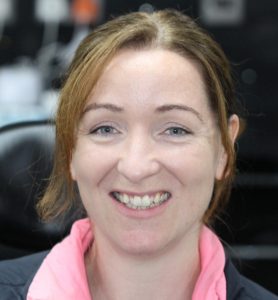
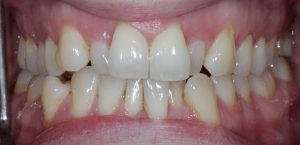
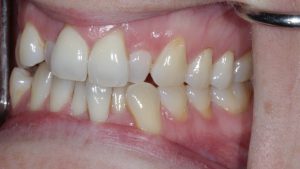
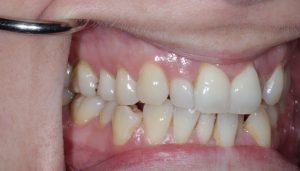
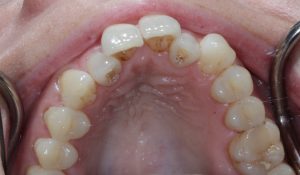
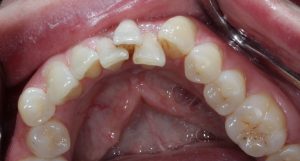
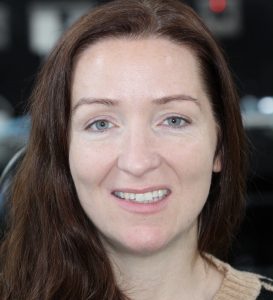
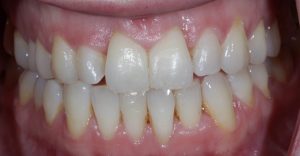
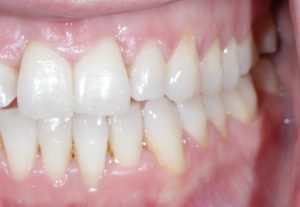
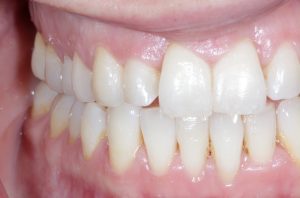
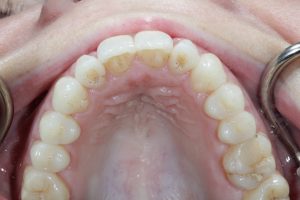
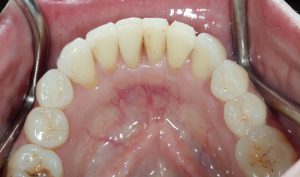
For more information on ClearCorrect®, visit: https://www.straumann.com/clearcorrect/en/home.html
Author: Dr Sami Butt is the Principal of S3 Dental in Haywards Heath








